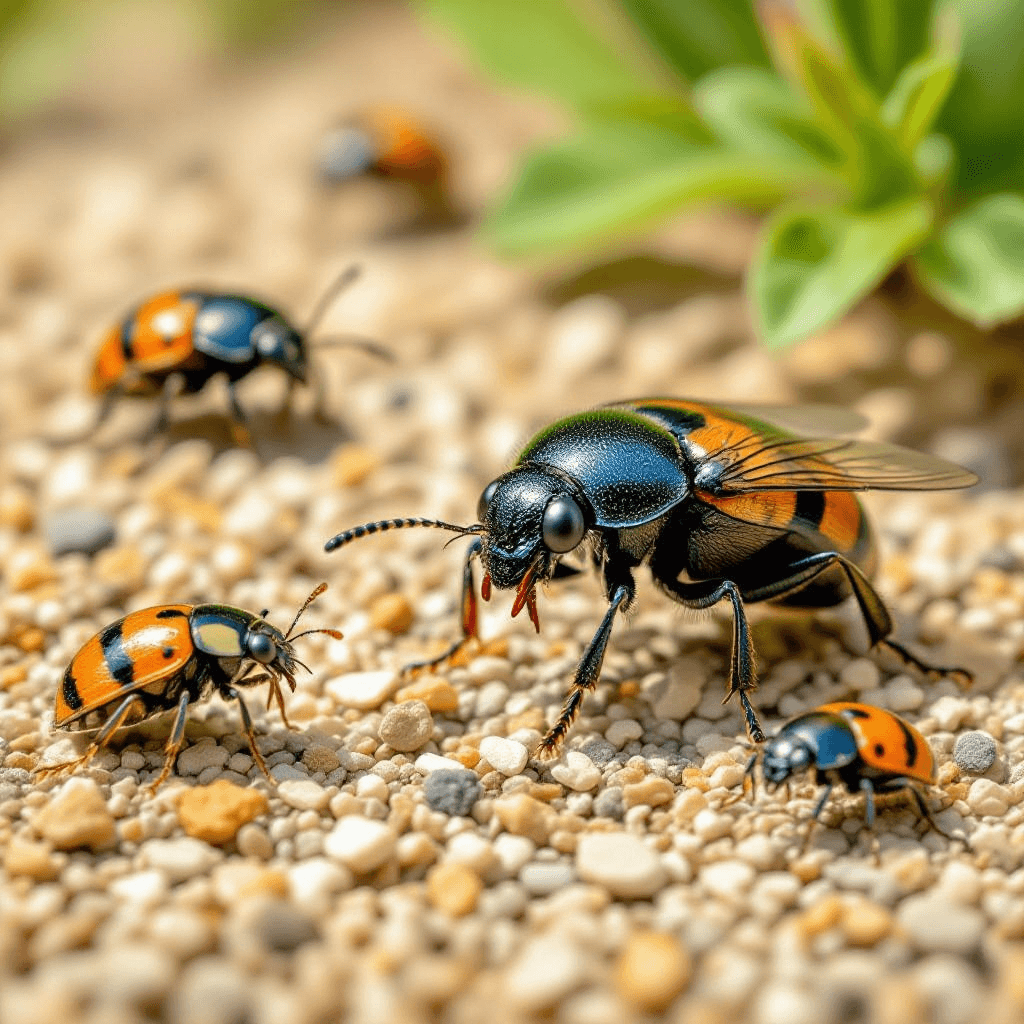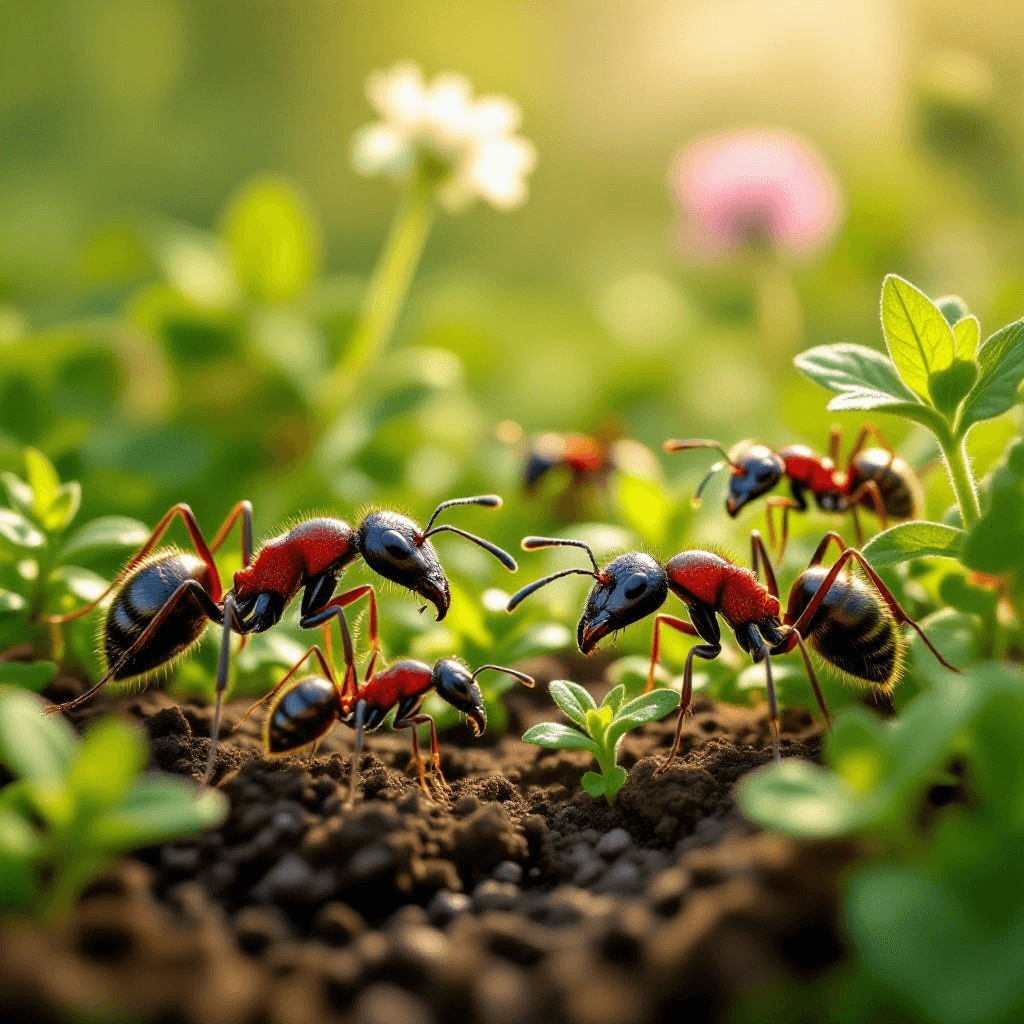Understanding Common Garden Pests
Garden pests can pose a significant threat to the health and aesthetics of outdoor spaces. In the UK, several pests are particularly notorious, including slugs, snails, and aphids. Understanding these common garden pests is essential for effective management and prevention strategies.
Slugs and snails are among the most visible garden pests, often recognized by their elongated bodies and shiny, slimy surfaces. Slugs generally lack a shell, while snails carry a coiled shell on their backs. Both pests are primarily nocturnal and thrive in damp conditions, making them especially active after rain or in shaded areas. Their feeding habits focus on tender foliage, leading to noticeable damage on a wide range of plants including vegetables, flowers, and herbs. Additionally, slugs and snails lay numerous eggs in the soil, resulting in rapid population growth if left unchecked.
Aphids, on the other hand, are small, soft-bodied insects often found clustered on young shoots, flower buds, or the undersides of leaves. They typically exhibit a range of colors, including green, black, and white, and are equipped with long antennae. These pests feast on plant sap, weakening the affected plants and potentially transmitting diseases. Aphids reproduce quickly, with some species capable of giving birth to live young, leading to significant infestations within a short time frame. They are attracted to weak or stressed plants, making garden health a crucial factor for control.
Understanding the life cycles of these pests aids gardeners in recognizing infestations early. Both slugs and snails thrive in moist environments, while aphids prefer young, succulent growths. Monitoring environmental conditions and maintaining plant health can significantly reduce the likelihood of pest invasions. Identifying the specific characteristics and behaviors of these common garden pests is vital to implement successful control measures.
Effective Identification Techniques
Identifying garden pests promptly is vital to implementing effective pest control strategies. To begin, keen observation of the garden is necessary. Gardeners should regularly inspect plants for signs of pest activity. Look for damaged leaves, holes, or chewed edges, which often indicate the presence of insects such as caterpillars or beetles. Furthermore, pay attention to any discoloration or wilting of the foliage, as these symptoms can suggest infestations or diseases caused by pests.
Another useful tactic is to search for pest droppings, which can often reveal the type of pest affecting a specific plant. For example, small, granular droppings may indicate the presence of slugs or snails, while larger, pellet-like droppings suggest rodent activity. Additionally, gardeners should be vigilant for slime trails left by these gastropods, which can help track their movement and assess their population levels.
Regular garden monitoring is crucial in establishing a proactive pest management plan. This includes keeping a journal that notes any unusual occurrences, changes in plant health, and the time of year when pests typically emerge. Such documentation enables gardeners to anticipate pest problems before they become significant issues. Utilizing tools like magnifying glasses can enhance the details seen during inspections, allowing for better pest identification, especially for small insects.
Moreover, technology now offers support in pest identification. Several mobile applications can assist in recognizing garden pests by providing images and descriptions. These apps not only facilitate effective identification but also promote informed decisions about pest control methods. By implementing these practical techniques, gardeners can ensure a healthier and more productive gardening experience.
Eco-Friendly Pest Management Strategies
In recent years, the emphasis on eco-friendly pest management has gained significant traction among gardeners looking to minimize environmental impact while effectively controlling common pests. Embracing natural and sustainable practices not only preserves the health of the garden ecosystem but also enhances soil quality and plant resilience against infestations. One highly effective strategy involves introducing natural predators into the garden. These beneficial insects, such as ladybugs and lacewings, can significantly reduce pest populations like aphids and caterpillars, offering a natural form of pest control.
Another practical approach is the creation of physical barriers to protect plants from pests. Using netting, row covers, or cloches can shield vulnerable crops from unwanted insects while allowing sunlight and rain to reach plants. Additionally, employing companion planting is a well-documented technique that involves placing specific plants in proximity to deter pests. For example, marigolds can repel nematodes, while basil is known to deter aphids and flies, creating a more harmonious garden environment.
Homemade traps also serve as a simple yet effective means of managing pest populations without resorting to harmful chemicals. Utilising ingredients like vinegar, soap, or fruit to create traps can help control fruit flies and other nuisances while being gentle on the surrounding ecosystem. Furthermore, maintaining healthy soil and strong plant health is crucial in preventing pest problems. Incorporating organic matter, regularly rotating crops, and practicing proper watering techniques can foster a thriving garden, making plants less susceptible to infestations.
By adopting these eco-friendly pest management strategies, gardeners can create a sustainable approach to controlling pests while safeguarding their plants and the environment. Engaging in these practices not only contributes to the well-being of the garden but also promotes a balanced ecosystem for future generations.
Long-Term Pest Prevention Tips
Implementing long-term strategies for pest prevention is essential for maintaining a healthy and thriving garden ecosystem. One of the most effective measures is crop rotation, which involves changing the locations of various plant species each growing season. This practice not only helps in avoiding the buildup of specific pests and diseases that target certain plants but also enhances soil fertility and structure. By rotating crops, gardeners can disrupt the life cycles of pests and reduce their chances of establishing infestations.
Maintaining a diverse planting scheme is another critical strategy. Variety in plant types can deter pests by introducing natural predators and creating a more balanced ecosystem. Planting a mixture of flowers, herbs, and vegetables can attract beneficial insects, such as ladybugs and lacewings, which feed on common pests. Additionally, intercropping and companion planting can effectively repel specific pests while enhancing growth conditions, thereby establishing a more resilient garden.
Proper garden maintenance practices also play a vital role in pest prevention. Regularly inspecting plants for signs of pest activity and promptly removing any infested foliage can significantly minimize pest populations. Furthermore, keeping the garden clean by removing debris and fallen fruits can eliminate potential breeding grounds for pests. Seasonal preparations are equally important; for instance, mulching in spring can suppress weeds and retain moisture, which in turn promotes favorable conditions for plant growth while reducing the risk of pest infestations.
Finally, preparing gardens for different times of the year helps in mitigating pest proliferation. For instance, effective autumn cleanup practices, such as clearing dead plants and tilling soil, can disrupt pest overwintering sites. By implementing these long-term pest prevention strategies, gardeners can ensure the longevity and health of their plants, allowing them to thrive throughout the year.


